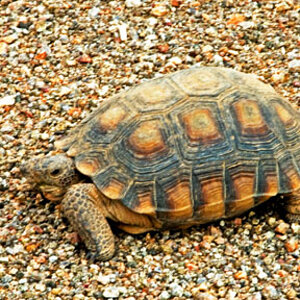Derrel
Mr. Rain Cloud
- Joined
- Jul 23, 2009
- Messages
- 48,225
- Reaction score
- 18,941
- Location
- USA
- Website
- www.pbase.com
- Can others edit my Photos
- Photos OK to edit
Your 50mm f/2 had a nice AI-conversion performed on it! Nikon used to charge $35 for the AI-conversion work. Robert White is still performing similar, expert-level conversions.
Really? I thought mine is just the Ai version that came out in the 70s. I believe the non Ai one your talking about is the 50mm f/2 Nikkor-H, which were around the 50/60s. That needs to be converted to work with modern DSLR body. This was something I read up before, so I could totally be wrong.
No, I think you're right and I was wrong...I just checked my serial number book...that does appear to be an original Ai model....there were both Ai and earlier, non-AI versions of your lens's design style, with the rubber rings....the Nikkor-H and H-C. versions had the metal, ribbed focusing rings. There were quite a few of these type made with the RIFR or rubber-inset focusing ring style from 1974 to 1977 that yours lens has....this lens is actually a pretty good, solid optical performer, and it performs well as a manual focusing lens--it has a nice "throw". From March of 1977 to January of 1979, these lenses were made in three separate runs, in factory Ai dress; your lens in the 3,7XX,XXX range appears to have been made in the last year of AI production.
I owned two of the 1974-77 versions, which were really good lenses for me. I kept one, and still use it as a body cap on an old,collectible Nikon of that era! The focusing helicoid on these tended to get kind of loose and slicked-up after a good period of use--your lens looks very minty! Be glad the FE you got came with the 50/2 and not the later Series E 50/1.8, which is more prone to flare and has lower contrast.


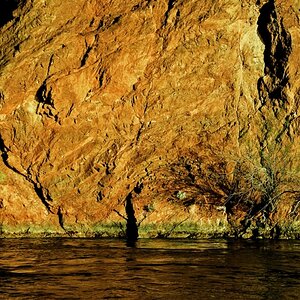
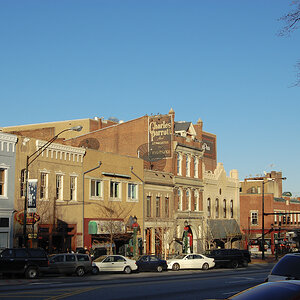
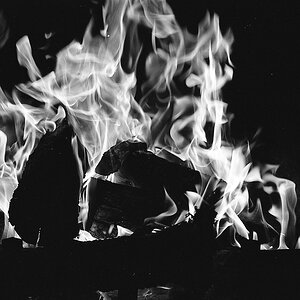
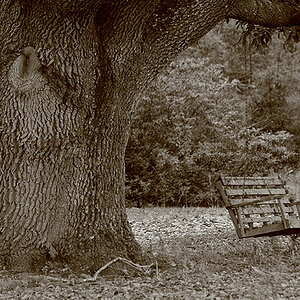
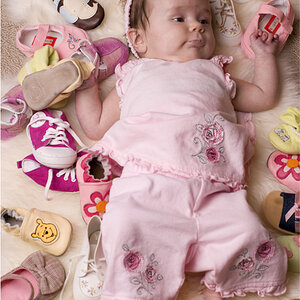
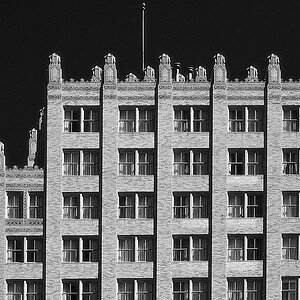
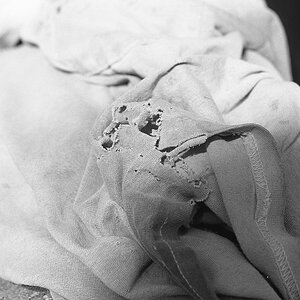
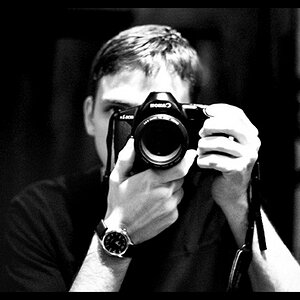
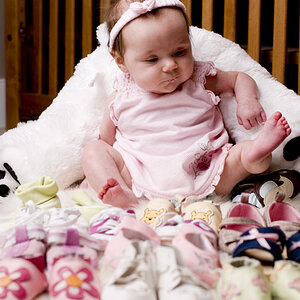
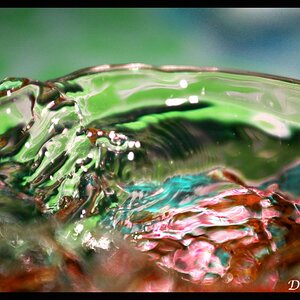
![[No title]](/data/xfmg/thumbnail/40/40288-4d5d7a8aa74ddfceb5fb82062d9b21be.jpg?1619739409)
